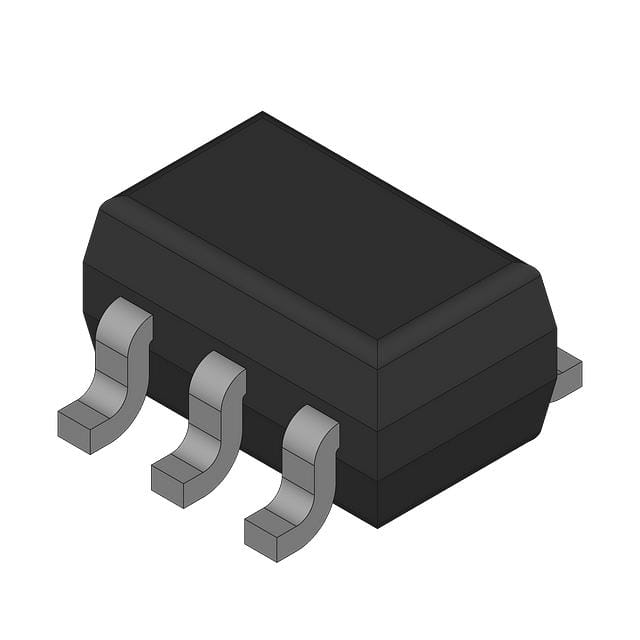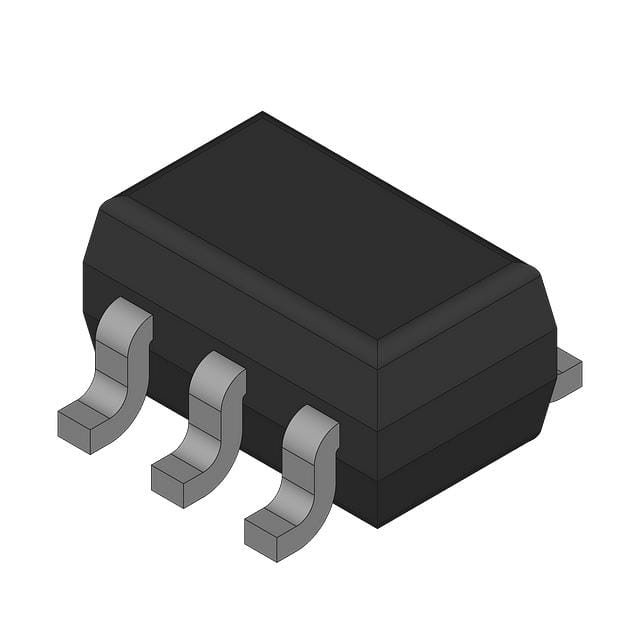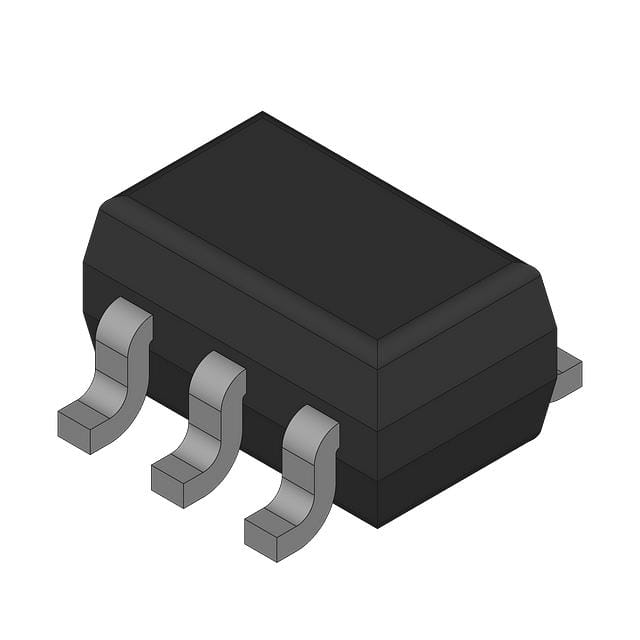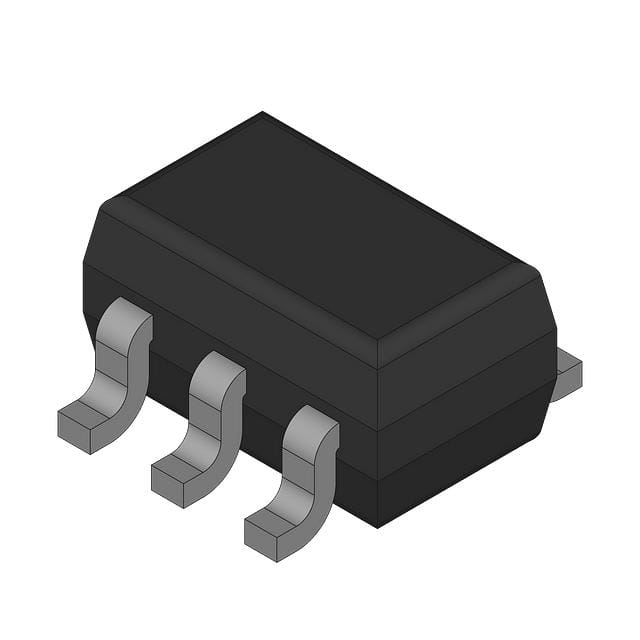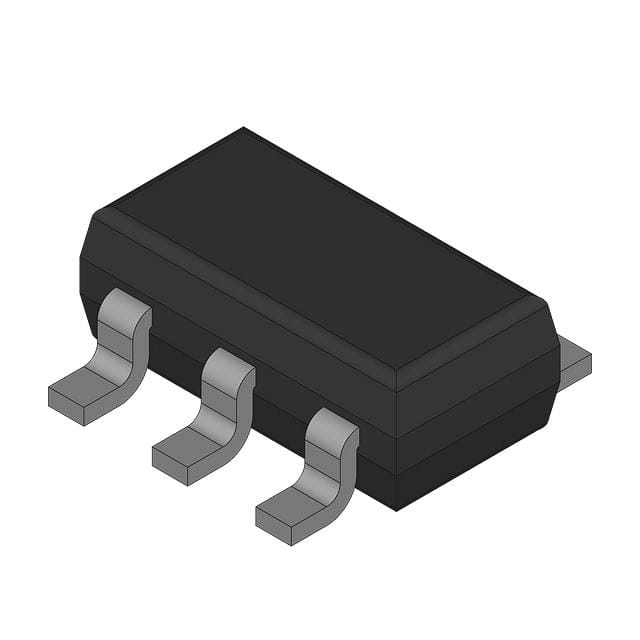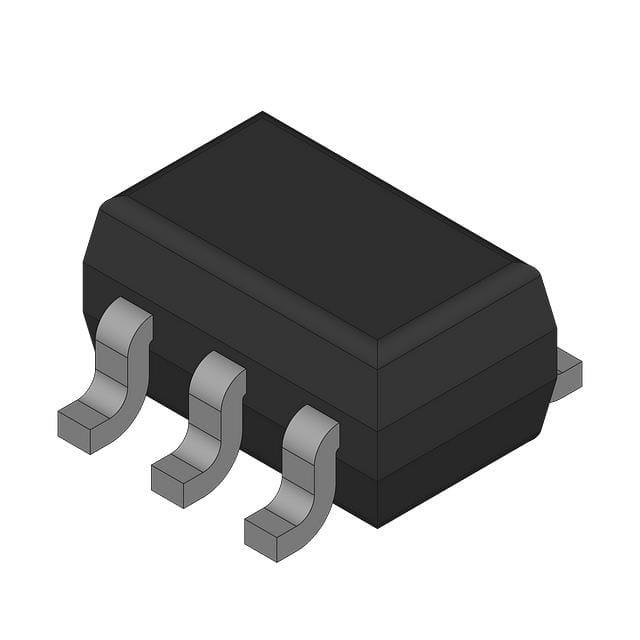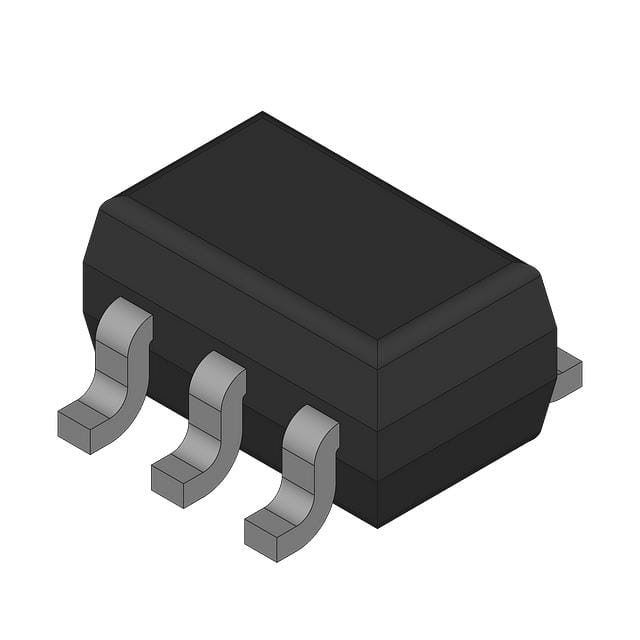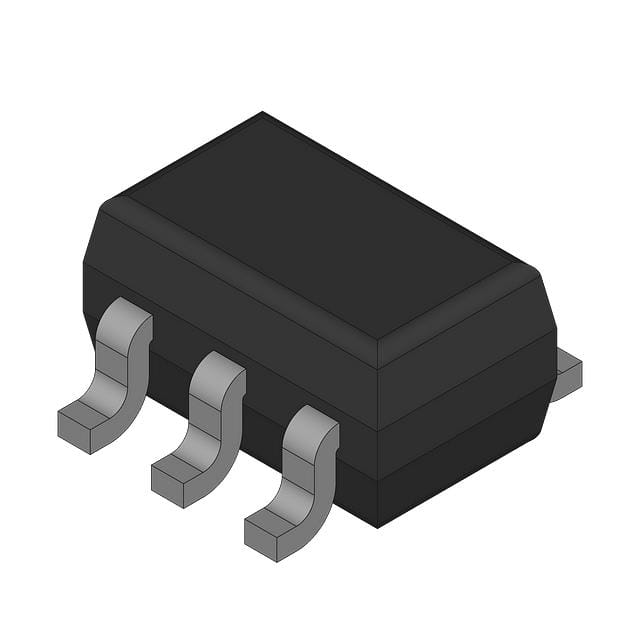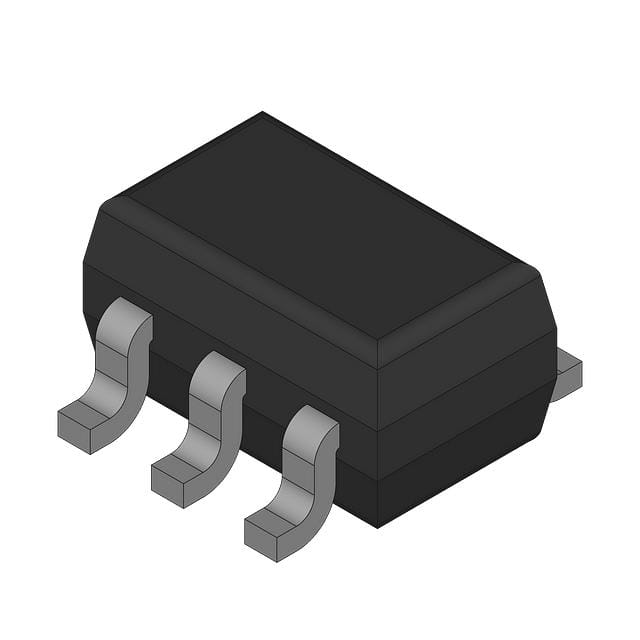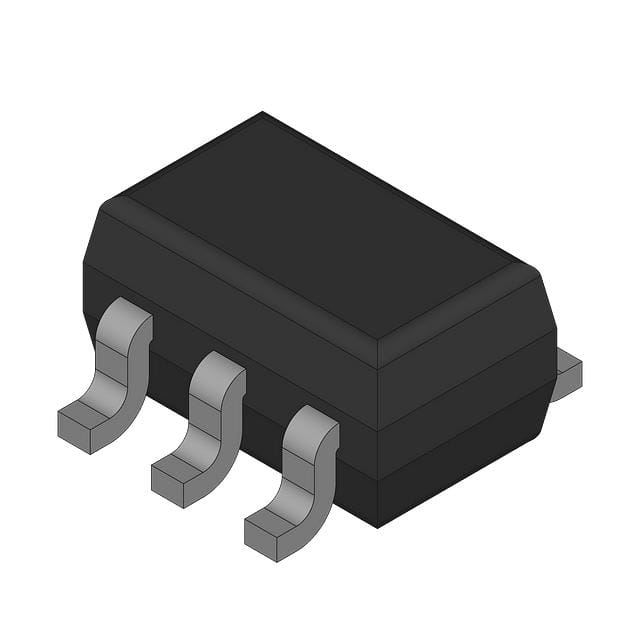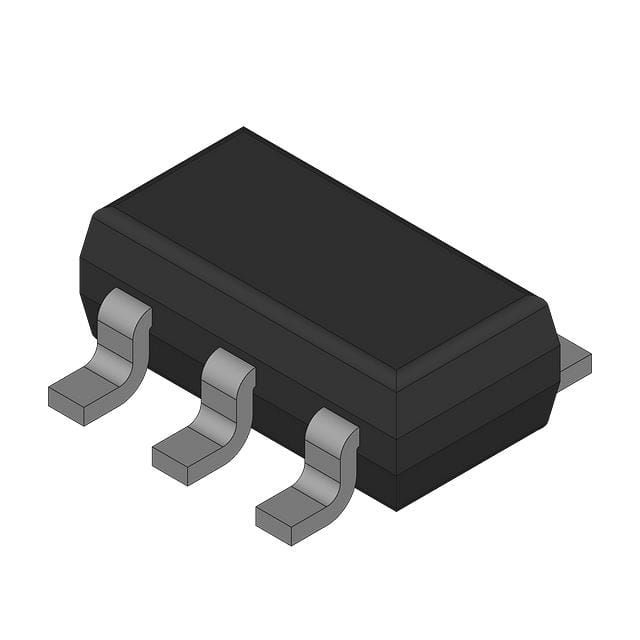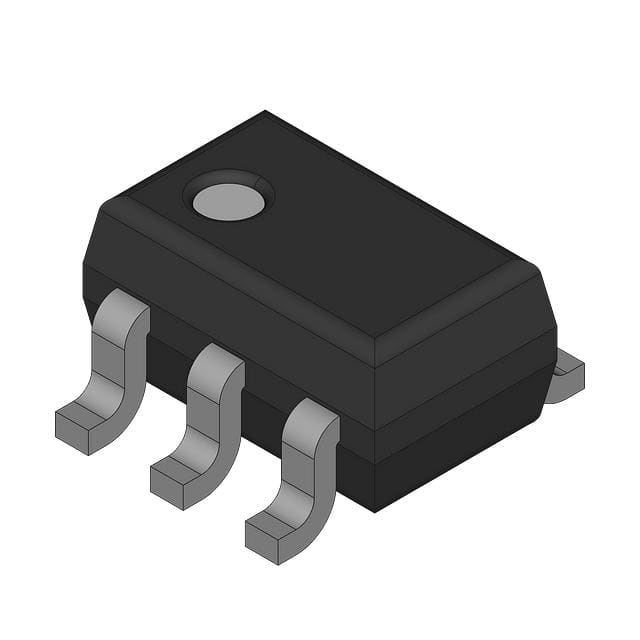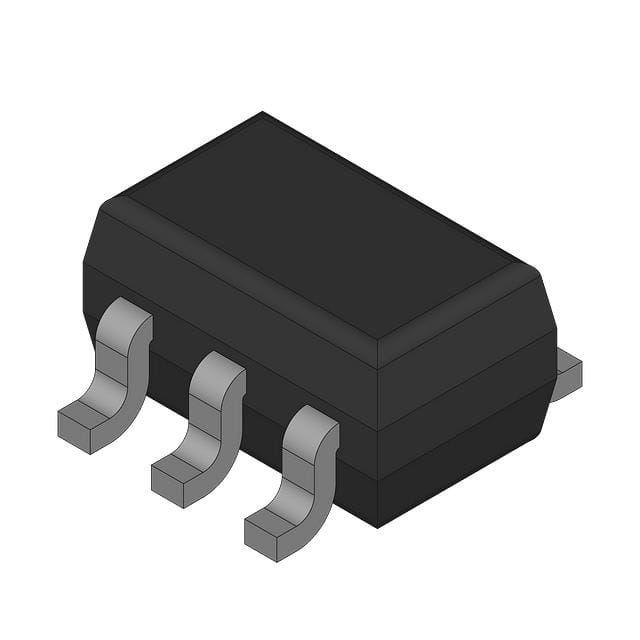74LVC1G86GW132 Product Introduction:
NXP USA Inc. Part Number 74LVC1G86GW132(Logic - Gates and Inverters), developed and manufactured by NXP USA Inc., distributed globally by Jinftry. We distribute various electronic components from world-renowned brands and provide one-stop services, making us a trusted global electronic component distributor.
74LVC1G86GW132 is one of the part numbers distributed by Jinftry, and you can learn about its specifications/configurations, package/case, Datasheet, and other information here. Electronic components are affected by supply and demand, and prices fluctuate frequently. If you have a demand, please do not hesitate to send us an RFQ or email us immediately sales@jinftry.com Please inquire about the real-time unit price, Data Code, Lead time, payment terms, and any other information you would like to know. We will do our best to provide you with a quotation and reply as soon as possible.
Introducing the NXP USA Inc. 74LVC1G86GW132, a versatile and high-performance logic gate that is designed to meet the demands of modern electronic applications. This product is part of NXP's extensive portfolio of advanced semiconductor solutions, known for their reliability and innovation.
The 74LVC1G86GW132 is a single 2-input XOR gate that operates at a wide voltage range, making it suitable for a variety of applications. With its low power consumption and high-speed operation, this logic gate is ideal for battery-powered devices and other power-sensitive applications. It also features a wide operating temperature range, ensuring reliable performance in harsh environments.
This logic gate is designed with advanced CMOS technology, providing excellent noise immunity and robustness against electromagnetic interference. It also offers a wide supply voltage range, allowing for seamless integration into different systems.
The 74LVC1G86GW132 is widely used in various application fields, including consumer electronics, automotive systems, industrial automation, and telecommunications. It can be used for signal processing, data transmission, and control functions, enabling efficient and reliable operation in a wide range of electronic devices.
In summary, the NXP USA Inc. 74LVC1G86GW132 is a versatile and high-performance logic gate that offers low power consumption, high-speed operation, and excellent noise immunity. With its wide voltage range and robust design, it is the perfect choice for a wide range of electronic applications.
Gates are an important part of the transistor in the integrated circuit, especially in the field effect transistor (FET) plays a role in controlling the current interruption. By interacting with the insulation layer between the channel, it uses the electric field effect to regulate the carrier concentration in the channel, and then controls the current flow between the source and the drain electrode. The inverter is a logic electronic device that is mainly used to reverse the logic state of the input signal, that is, from a high level to a low level, or from a low level to a high level. In digital logic circuits, the inverter is often implemented as a NOT gate, which is carefully designed by multiple transistors (such as PMOS and NMOS pairs in CMOS technology), and realizes the logical reversal of the signal by controlling the switching state of the transistor. Together, they form the basis of logic circuits and demonstrate the high flexibility of integrated circuits in signal processing and control.
Application
Gates, as key components of transistors, are widely used in various integrated circuits, especially in core components such as microprocessors, memory, sensors, etc. They are the foundation for implementing complex logic functions and high-performance computing. Inverters play an important role in digital circuit design, communication systems, power management, and other fields. Through their logic inversion function, they support signal shaping, amplification, isolation, and timing control requirements. In various fields such as consumer electronics, automotive electronics, industrial automation, and data centers, gates and inverters are indispensable electronic components that help devices achieve efficient and accurate signal processing and control, promoting technological progress and industrial upgrading.
FAQ about Logic - Gates and Inverters
-
1. Which logic gate is used as an inverter?
NAND gate can be used as an inverter. In digital logic, NAND gate can realize the logic negation function, which is equivalent to an inverter or NOT gate.
The working principle of the NAND gate is to perform an AND operation on two input signals and then take the negation. When both input signals are 0, the output is 1; otherwise, the output is 0. This characteristic enables the NAND gate to achieve signal inversion, that is, when the input is high, the output is low, and when the input is low, the output is high.
In addition to the NAND gate, the inverter can also be implemented through other logic gates, such as the NOR gate, which can also be used as an inverter. The NOR gate performs an OR operation on an input signal and a signal that is always 1 and then takes the negation, which can also achieve the signal inversion function.
-
2. Why is it called an inverter?
The name inverter comes from its working principle of converting direct current into alternating current, that is, "reversing" the operation of the rectifier. The inverter was originally called an "inverter" because it converts direct current into alternating current, which is the opposite of the working principle of the rectifier.
The definition and basic function of the inverter is to convert direct current power into alternating current. It is a device that converts the power of a DC power source such as a battery or storage battery into alternating current power for use by various devices that require AC power.
The history of the inverter also reflects the origin of its name. Early inverters were devices that converted AC to DC, while modern inverters reversed the process and converted DC to AC. With the development of technology, inverters have changed from mechanical devices to devices with solid-state circuits, becoming an important part of the field of power electronics.
-
3. How many gates are there in ICs?
There are usually one or more gates in an IC, and the specific number depends on the type and design of the IC. For example, MOS tubes and transistors are common components in ICs, and they usually have one or more gates.
In a chip, a transistor is one of the most basic components. A transistor has three poles: source, drain and gate. The gate is located on the insulating layer between the source and the drain, and controls the conduction and cutoff of the channel by changing the gate voltage.
In addition, there is a special type of transistor in the flash memory chip, called a floating gate transistor, which has two gates: the control gate and the floating gate. The floating gate is located between the control gate and the channel, wrapped by an insulating layer, and can store charge, thereby realizing data storage.
 Lead free / RoHS Compliant
Lead free / RoHS Compliant



